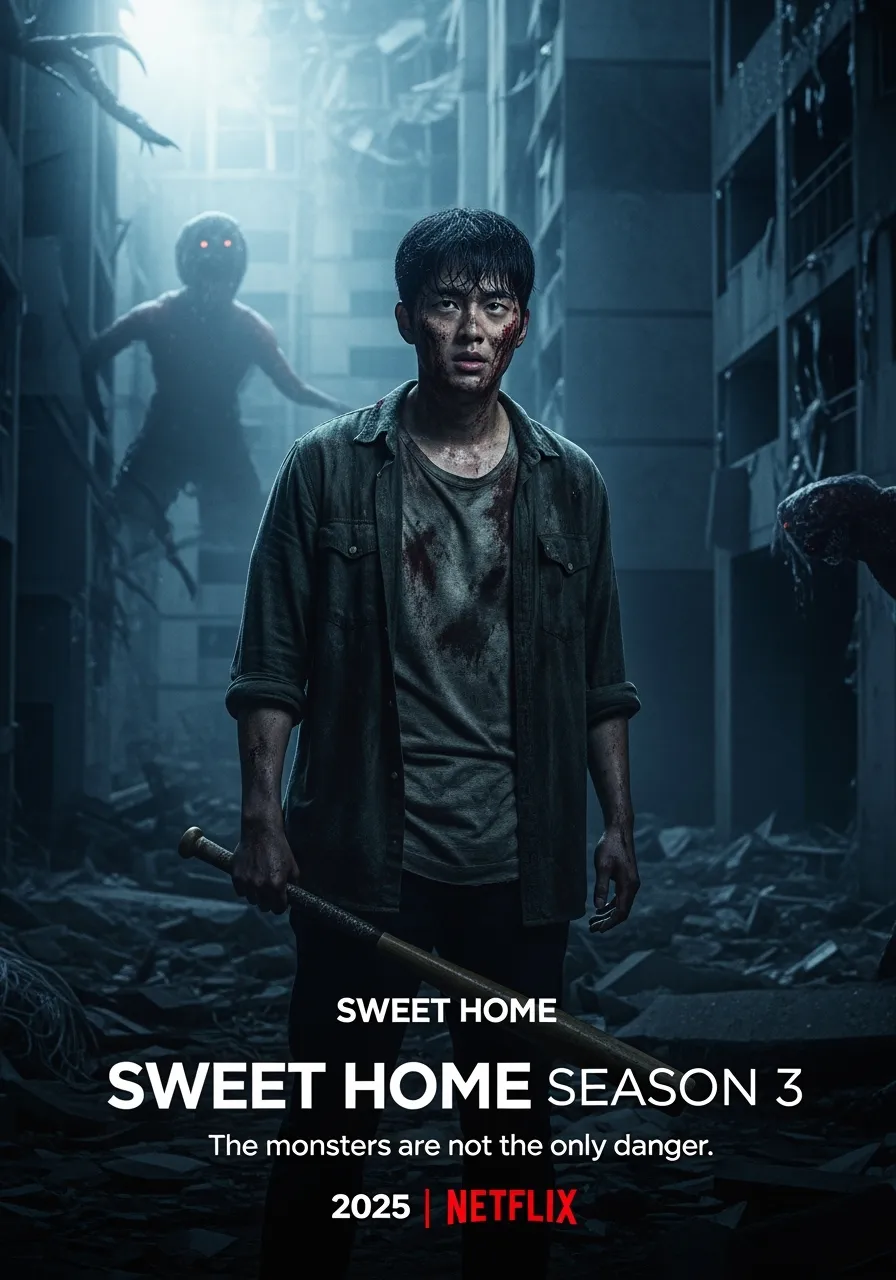Stevan Mena’s Malevolence is a rare gem in the world of independent horror—a low-budget slasher that doesn’t lean on gore for attention but rather builds a suffocating atmosphere and slowly tightens the noose with old-school precision. Released in 2004 but filmed over several years on a modest budget, this first installment of a trilogy shows how simplicity, restraint, and reverence for the genre’s roots can create a deeply unsettling experience.
🧠 Premise and Story
The film opens with a disturbing sequence: a young boy named Martin is abducted and held captive by a deranged killer who trains him in the art of murder. Fast forward ten years, and a seemingly unrelated story unfolds—a group of criminals execute a bank robbery gone wrong. In desperation, they flee to an abandoned farmhouse deep in the countryside, taking a mother and her young daughter as hostages.
Unbeknownst to them, this remote house lies within the hunting grounds of Martin—now a silent, masked killer forged by trauma and molded into a vessel of death. As night falls, the fugitives find themselves stalked and eliminated one by one, caught between their own unraveling loyalties and the presence of a cold, inhuman predator.
Malevolence cleverly blends two horror subgenres: the crime-thriller setup and the slasher formula, ultimately revealing how these threads connect in a grim, haunting final act.
🎭 Acting and Characters
Given the budgetary limitations, the performances are surprisingly competent. Samantha Dark stands out as the terrified but resourceful mother, injecting emotional urgency into her scenes. R. Brandon Johnson plays Julian, the leader of the heist crew, bringing a blend of desperation and calculation to a character who quickly loses control of the situation.

While the dialogue can feel stiff at times, the actors compensate through physical performances and facial expressions—especially during chase and survival scenes. The true "star" of the film, however, is the killer himself. Silent, methodical, and faceless behind a crude mask, he echoes the legacy of horror icons like Michael Myers and Jason Voorhees while still managing to feel distinct in his lethality.
🎥 Cinematic Style and Direction
What Malevolence lacks in budget, it makes up for in directorial focus. Stevan Mena’s passion for classic horror is evident in every frame. The film is deliberately paced, with long stretches of tension that avoid cheap jump scares. The cinematography uses shadow and stillness to evoke unease, often lingering in quiet shots that let the dread grow organically.

The setting—a decaying farmhouse surrounded by overgrown fields and rusted outbuildings—contributes to the sense of isolation. Every creaking door and flickering light bulb becomes a threat. It’s clear that Mena was more interested in mood and suspense than shock value, and this decision gives the film a vintage quality that fans of late '70s and early '80s horror will appreciate.
🔊 Sound and Music
The score, also composed by Stevan Mena, plays a crucial role in the film’s effectiveness. Using piano motifs and ambient textures, the music never overwhelms but instead underscores the feeling of helplessness and inevitable doom. The sound design favors silence and subtle noise cues: footsteps in gravel, the distant hum of wind, and the chilling sound of nothing at all.
By letting silence do the heavy lifting, Malevolence feels even more personal—like the audience is trapped alongside the characters, holding their breath with them in the darkness.
🧩 Themes and Psychological Undertones
Though primarily a slasher, Malevolence touches on themes that elevate it beyond mere body count cinema. The nature of violence as something taught, inherited, or absorbed by trauma lies at the center of Martin’s story. The film doesn’t waste time on over-explaining his psychology, but it gives just enough to suggest a tragic origin—that monsters are not born, but made through cruelty and neglect.

Additionally, the film subtly comments on fear as an equalizer. Criminals, innocents, and even the killer himself are all trapped by cycles of fear, survival, and death. This gives Malevolence an existential edge that lingers after the credits roll.
✅ Strengths
-
Atmospheric and grounded: The slow build and minimalistic design create a claustrophobic intensity rarely seen in micro-budget slashers.
-
Respect for the genre: Rather than parody or over-stylize, the film lovingly recreates the tone of classic slasher horror with sincerity.
-
Original narrative structure: Combining a heist-gone-wrong plot with the slasher genre gives the story unpredictability.
-
Memorable killer: The antagonist, though silent and emotionless, is frightening in his simplicity and brutality.
❌ Weaknesses
-
Uneven pacing: The first act may feel slow or overly expository to modern audiences used to rapid escalation.
-
Limited dialogue strength: Some conversations feel mechanical, lacking the polish of higher-budget scripts.
-
Derivative visual cues: For horror veterans, the visual nods to Halloween, Friday the 13th, and The Texas Chain Saw Massacre may feel overly familiar at times.
🌟 Final Verdict
Malevolence is a chilling example of what indie horror can achieve when guided by vision and atmosphere instead of gimmicks. It’s not flashy, and it doesn’t reinvent the wheel—but it doesn’t need to. It delivers raw suspense, slow-burning terror, and an unsettling story that uncoils with eerie patience.

For fans of traditional slasher cinema looking for something earnest and stripped back, Malevolence is a must-watch. It's a promising start to a trilogy that would later deepen its mythology and character arcs, proving that low-budget horror can still cast a long, lasting shadow.
Rating: ★★★★☆ (4/5)
Best suited for:
-
Fans of minimalist slashers with psychological subtext
-
Viewers who appreciate indie horror with vintage aesthetics
-
Anyone tired of over-produced jump-scare horror and looking for something raw, quiet, and deadly
-1750731222-q80.webp)
-1747716802-q80.webp)
-1748427036-q80.webp)

-1740282288-q80.webp)